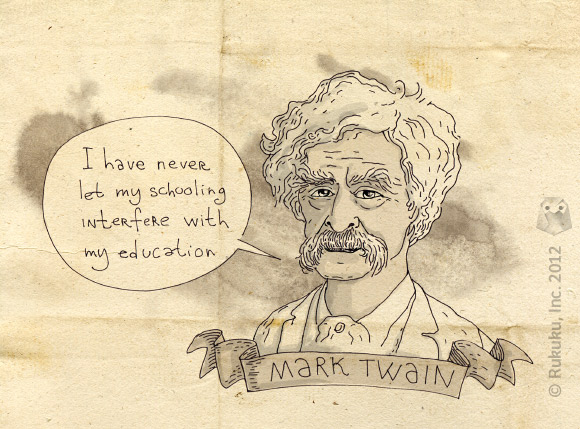As we outlined last Wednesday, there are several significant barriers preventing low-income people and other disadvantaged groups from accessing quality education. How can new technology address these deficiencies?
1. Technological advancement will lower the input costs of education. The traditional teacher-classroom education model is no longer the only game in town. With intuitive and flexible online platforms, teachers and learners will be able to meet in a virtual environment, drastically cutting costs. Before, this transaction would have had to incorporate the cost of transportation, a brick-and-mortar location, and materials, but now it only has to address the cost of hiring a great educator. Both the student and the teacher benefit.
2. Online platforms will allow a teacher to interact effectively with a greater number of students. Currently, a major limiting factor in the efficiency of education is class size. Thoughtfully designed online learning platforms can eliminate the constraints of the physical classroom while preserving (and even enhancing) the teacher-student relationship. This will further hack away at the major barrier to entry for many people – cost – while improving quality.
3. Online education technology will also bridge the quality gap by increasing accessibility. The beauty of learning online is that teacher and student can interact from anywhere in the world at any time. People in areas that are remote or lacking in quality teachers will be able to connect with great educators around the world – educational demand and supply will be connected in a dramatically new and more efficient way.
The possibilities are truly exciting.
Please check back with us all next week for more about educational problems and solutions!



